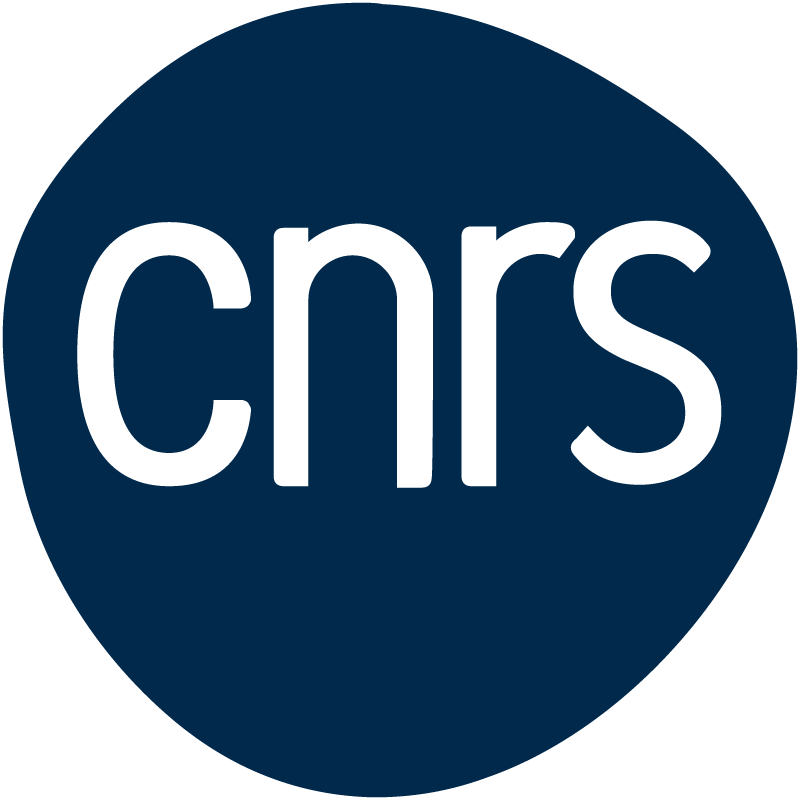Seismic processing and interpretation
Master Sciences de la Terre et des planètes, environnementParcours Geosciences for the Energy System Transition
Description
The course describes the different steps of the processing sequence: data editing, amplitude recovery, wave separation, multiple attenuation, correlation techniques, deconvolution and frequency analysis, static corrections, etc.. The course also describes the basic principles and objectives of time seismic imaging (from NMO correction to time imaging). This teaching unit introduces also the main interpretation techniques currently in use for geological interpretation of seismic data and goes through the general workflow of seismic interpretation.
Compétences visées
The learning objectives of this unit are:
- Identify the different usual seismic processing steps
- Recognize the different processing steps on a real processing sequence
- Apply the different processing steps using a dedicated software
- Build a synthetic seismogram from a wavelet and density/velocity data
- Determine the vertical and lateral resolutions of reflectors
- Recognize some interference phenomena associated with thin layers and relate them to amplitude variations along a reflector
- Interpret on paper (1 timeslice, inlines and crosslines) main geological formation tops with the faults
- Built the fault network and the isochron map of one interest top (Dunlin)
- Make a quality control of your map
MCC
Les épreuves indiquées respectent et appliquent le règlement de votre formation, disponible dans l'onglet Documents de la description de la formation.
- Régime d'évaluation
- CT (Contrôle terminal, mêlé de contrôle continu)
- Coefficient
- 1.0
Évaluation initiale / Session principale - Épreuves
| Libellé | Type d'évaluation | Nature de l'épreuve | Durée (en minutes) | Coéfficient de l'épreuve | Note éliminatoire de l'épreuve | Note reportée en session 2 |
|---|---|---|---|---|---|---|
Rapport | CT | A | 0.50 | |||
Traitement et interprétation de données sur PC | CC | A | 0.50 |
Seconde chance / Session de rattrapage - Épreuves
| Libellé | Type d'évaluation | Nature de l'épreuve | Durée (en minutes) | Coéfficient de l'épreuve | Note éliminatoire de l'épreuve |
|---|---|---|---|---|---|
Rapport | CT | A | 1.00 |
